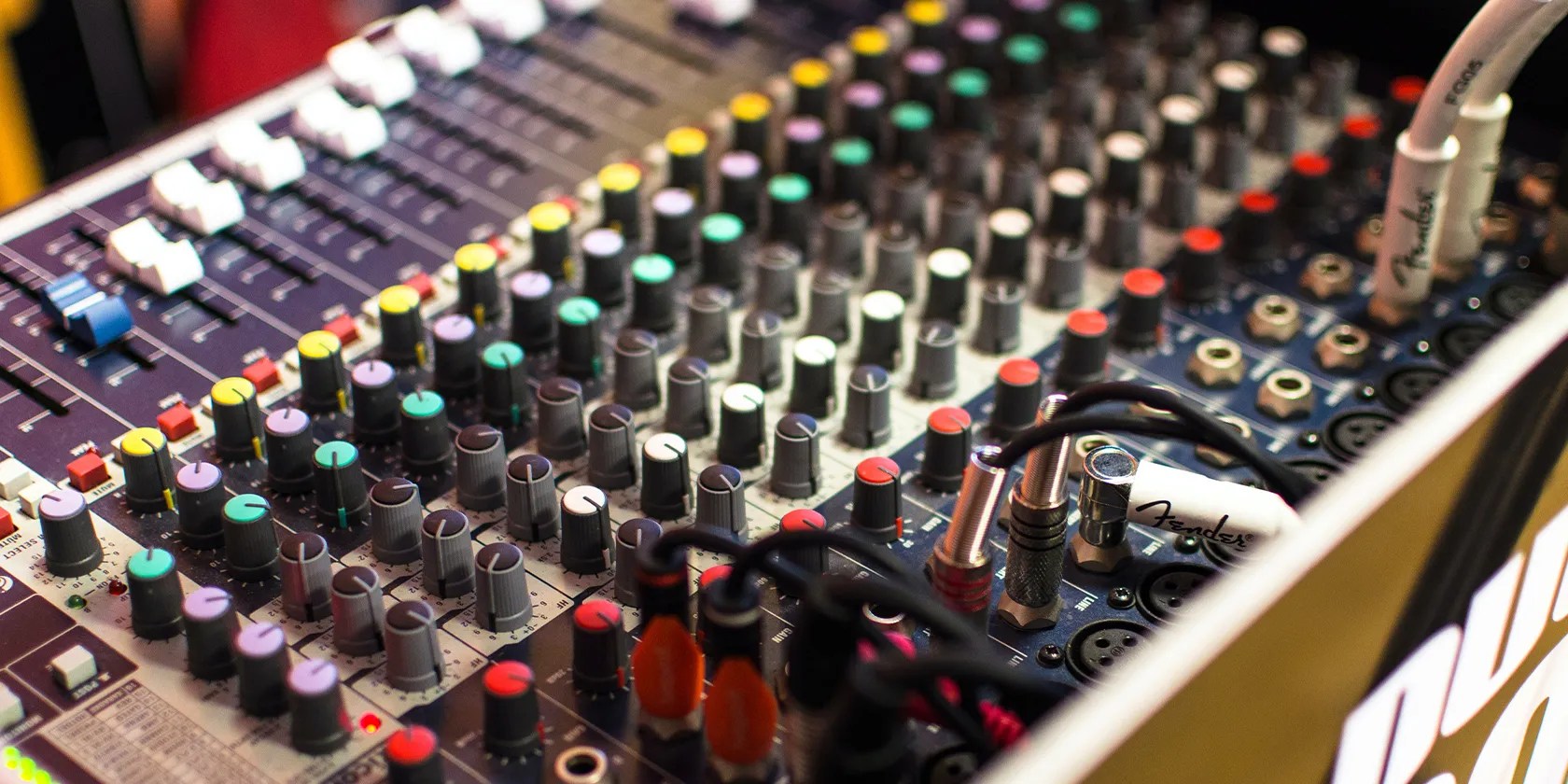Gain Staging: How to Use the Right Audio Settings for You and Your Mic
Audio quality, whether for a Twitch stream, podcast, or live performance, is built upon a delicate chain going from your voice through the microphone, processed by an audio interface, and output into a recording or speaker output.
The first and most important link in that chain is the gain for your microphone. Today, we’ll discuss what gain staging is, why it’s important, and how to do it to create a clean canvas for quality audio.

What Are Gain and Gain Staging?
Gain is the amount of amplification applied to a mic in terms of decibels (dB). More gain means more root amplification to the microphone, and this is not to be confused with volume, which takes place at theendof the audio signal chain. Thedifference between gain and volume has more nuance, but that is a sufficiently simple differentiation.
Gain staging is adjusting your gain setting to an ideal level for your mic—amplified high enough for clear audio but not so amplified that the audio peaks above its limit and gets distorted. Peaking generally refers to when the audio input exceeds 0 dB on the volume meter (typically when output volume is at 100%) and introduces distortion. Think of when streamers scream into their microphone or when a singer doesn’t do a sound test before a performance and causes a lot of distortion to the sound.

Why Is Gain Staging Important?
Gain staging is the first and most important link in the delicate signal chain of audio. Improper gain means lower quality for every other setting and filter. For example, if you use filters like equalization to raise and lower certain frequencies of your voice, you need some wiggle room with your gain to account for these changes! You also cannot properly apply these filters if your audio is peaking with too much gain—compression can lower your mic’s peaks, but distorted audio will remain distorted even when processed for most mics.
Similarly, if your gain is insufficient, adding amplification in post-production will unnecessarily highlight background noise that could have been avoided with higher gain at the root.

In short, if your gain is too low, you introduce background noise. If your gain is too high, you simply cannot use filters and effects to save distorted audio (in most cases). Both of these hurt the audio signal chain’s quality.
The Basics of Gain Staging
Anyone can gain stage their microphone properly. First, this all definitely applies to XLR microphones, but some USB mics do have access to a root gain setting—this is one of themany distinctions between USB and XLR audio! Many microphones will have a recommended gain setting, but your voice may be louder or quieter and require more or less gain.
One example of this is that the Shure SM7B, the most popular mic for podcasting and streaming, has a recommended gain setting of around 60 dB. This is far too much gain unless you have a very quiet voice, and for most people—especially streamers—lower gain will prevent unnecessary distortion.

The main philosophy to apply is to set your gain high enough so that you’re audible even when speaking quietly but low enough for the loudest sounds you make to be recorded clearly without distortion. It’s also important to use proper mic technique when applying these settings, as your mic will have significantly higher quality if you position your mouth or instrument closer to it.
One Gain Staging Test Method
Here is an example method to test your gain staging. First, ensure you are 6-12 inches (15-30 cm) from the mic for proper technique—otherwise, the following settings will simply be incorrect. Record audio where you speak as quietly as you might talk in a recording or on stream, then speak normally for several seconds, and lastly, make the loudest (typical) sounds you might make too.
Don’t yell as loudly as possible, but be realistic with how loud you might be! Repeat this test at different gain settings: raise the gain until your loudest sounds peak and cause distortion, then lower it just below that. you could apply this same methodology with musical instruments and singing as well, though your settings there will almost certainly be different from your speaking voice.

It’s trial and error, but you can refer to recommended gain from manufacturers as a starting point. Every voice is different, so you will need to adjust gain higher or lower for your voice (or instrument). A fairly safe visual indicator is to use the color-coded volume indicator in your recording software of choice. In the case of speaking, ideal gain will have your normal speaking voice hovering at the bottom of the yellow-colored section. From this point, you’re ready to start applying effects and filters like EQ, compression, and noise gate!
A Useful, Albeit Imperfect, Test
Unless you’re an experienced audio engineer, audio settings can be quite daunting to adjust. This method isn’t the most scientific, but for the case of content creation, this will provide you the fundamentals for recording or streaming with clean, distortion-free audio.
Microphone sensitivity is the difference between sounding great and sounding like Darth Vader.
Sometimes the smallest cleaning habit makes the biggest mess.
It saves me hours and keeps my sanity intact.
These films will leave you questioning humanity, but also wanting more.
I gripped my chair the entire time—and then kept thinking about it when the screen turned off.
Don’t let aging hardware force you into buying expensive upgrades.